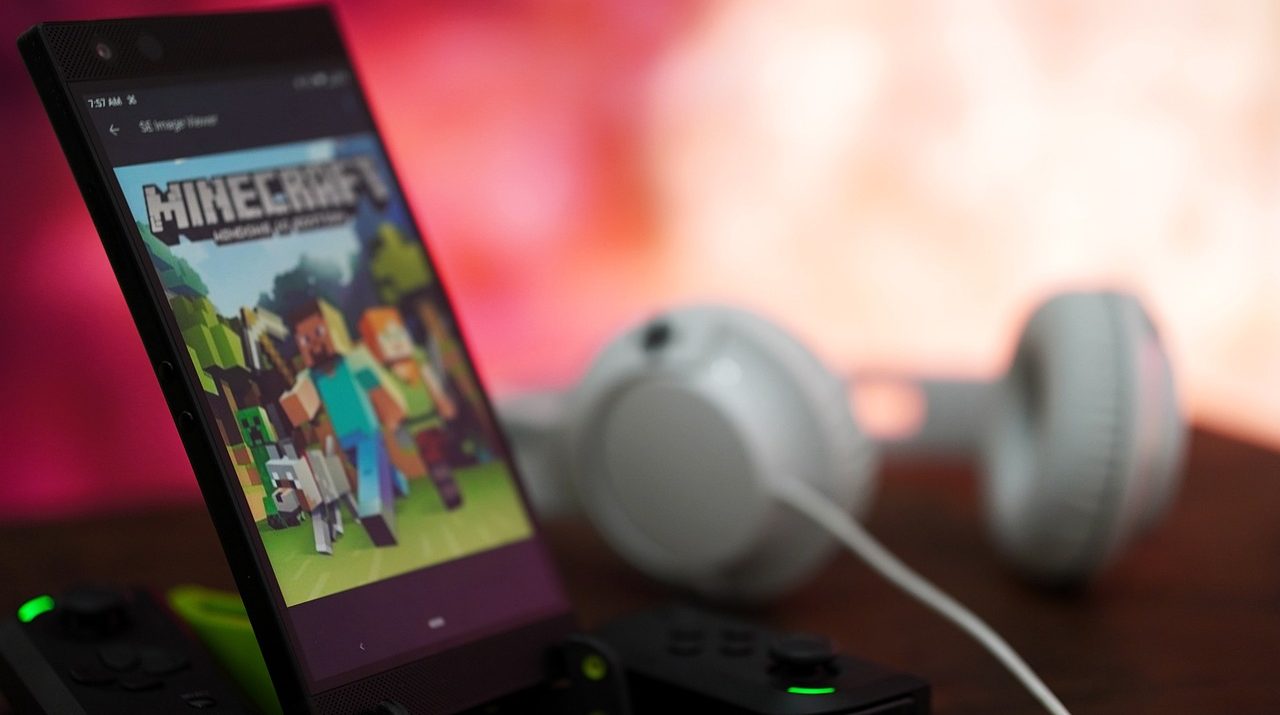
They hang neatly sorted in the supermarket, usually near the checkout: credit cards. Whether for telephone providers, Netflix, Amazon, Google Play or Steam – the purpose of these small plastic cards is always the same: they are a form of digital payment. Credit cards are also used in computer games. But how does it actually work?
The credit cards work according to the POSA procedure. POSA stands for “Point-Of-Sale-Activation”. This means that the printed code is only activated after payment at the checkout. The code can then be exchanged for credit on the respective online platform. Because it is virtually impossible to trace the original purchaser of the prepaid card afterwards, this type of payment is relatively anonymous.
The games market offers a wide range of paid games for smartphones, tablets and game consoles. POSA cards with credit for individual games such as Fortnite, Minecraft or Roblox as well as credit cards for gaming platforms such as Steam are available for sale. Many additional contents are offered in free games to change the gaming experience. These include, for example:
Popular games and their additional content are a way for children and young people to compete with each other. Whoever has the coolest, super rare skin can brag about it. This sometimes leads to a lot of pressure to consume because your child doesn’t want to look bad in their circle of friends. Therefore, set up rules in the family and work them out together with your child. Discuss with your child how much money they spend on gaming. A good way may be for your child to buy the prepaid cards – and therefore their in-game purchases – as part of their pocket money. This will help your child learn to manage their own money and understand the value behind it. One advantage of POSA cards is that there are no hidden cost traps such as in-game purchases when gaming, but only the limited amount of prepaid credit can be spent.
For children, video games, whether on their cell phones or consoles, are part of their everyday lives. Take your child’s interest in gaming seriously, even if you can’t understand their enthusiasm for some of the games.
The age rating of the USK is printed on the front of POSA-Cards. Whether in the supermarket, at the petrol station or at the kiosk – the sale of POSA-Cards is tied to the permissible age of the purchaser. It becomes more difficult if your child buys POSA-Cards online or obtains them through friends. Pay attention to the age ratings of games and make it clear to your child that the USK age ratings for gaming are there for their own protection. After consulting with your child, make settings for technical youth media protection on game consoles, apps and games.